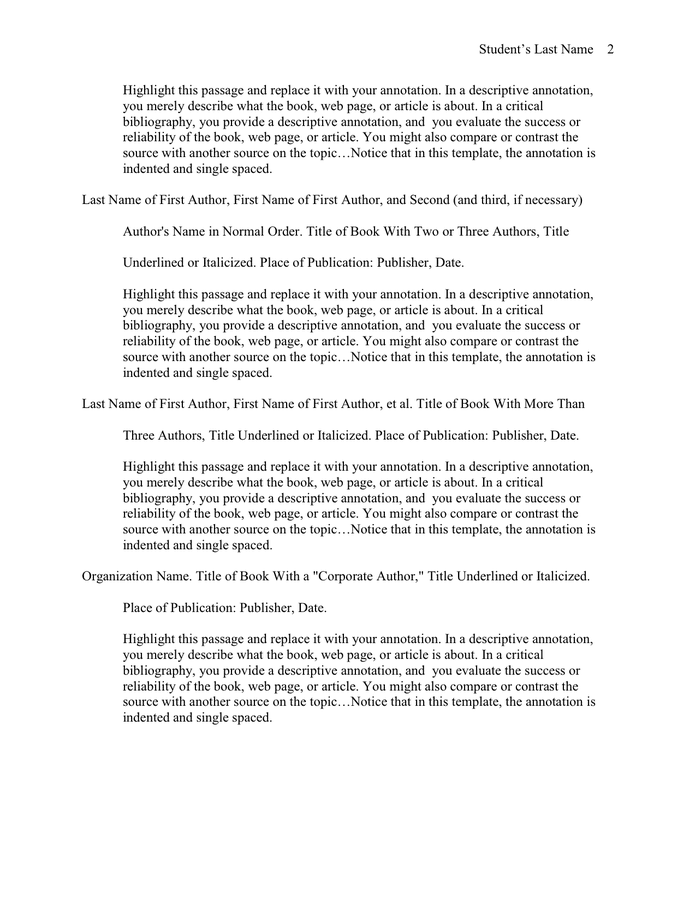How To Make An Annotated Bibliography
How To Make An Annotated Bibliography - An annotated bibliography is a list of sources that have been used in research work or a document, accompanied by a brief descriptive and evaluative paragraph. It is a crucial part of many academic works that require exhaustive research of several sources. Creating an annotated bibliography can be a time-consuming and tedious task, as it requires close attention to detail and a thorough understanding of the sources. However, this post will guide you through the entire process and provide you with tips and ideas that will make the experience less daunting.
Annotated Bibliography Examples & Step-by-Step Writing Guide
Step 1: Choose Your Sources
The first step in creating an annotated bibliography is to determine the sources that you will use. This involves conducting research and identifying relevant sources that will support your work. You can use books, academic journals, government publications, websites, and other reliable sources to build your bibliography. Ensure that the sources you choose are appropriate for your subject matter.

Step 2: Compile Your Bibliography
Once you have gathered your sources, you need to compile a bibliography. This includes details such as author, title, publication date, and any other relevant information. This information must be presented using the appropriate citation style (MLA, APA, Chicago, etc.). You can use software like EndNote, Zotero, or Mendeley to organize your sources and generate citations automatically.
MLA Annotated Bibliography Example

Step 3: Write Your Annotations
The next step is to write the annotations for each source. This includes a brief summary of the source, the author's credentials, the intended audience, and an evaluation of the source's usefulness. Annotations should be approximately 150-200 words long and should be written using clear and concise language. Ensure that your annotations cover the main points of the source and provide a good understanding of its relevance to your work.
Annotated Bibliography Template

Step 4: Revise and Proofread
After completing the annotation for each source, it is essential to revise and proofread your work. Check for proper grammar, spelling, and punctuation, and ensure that your annotations are complete and accurately reflect the sources you used. It is advisable to have someone else read your work to provide critical feedback and identify any errors you may have overlooked.
Does An Annotated Bibliography Have To Be In Alphabetical Order
Tips and Ideas for Creating an Annotated Bibliography
- Start early to avoid last-minute stress.
- Use credible and authoritative sources.
- Choose the appropriate citation style for your subject.
- Be consistent with your formatting and citation style throughout your work.
- Ensure that your annotations are clear, concise, and informative.
- Revise and proofread your work thoroughly before submission.
- Get feedback from others to improve the quality and effectiveness of your work.
Informative Annotated Bibliography Template
How Annotated Bibliography Generators Can Help
Annotated Bibliography Generators are online tools that can help generate citation and annotation text in various citation styles. They can save time and effort for those who need to create multiple bibliographies. However, they may not always produce accurate results and may require manual correction. It is still important to understand how to create an annotated bibliography manually to ensure accuracy and comprehensiveness.
In conclusion, creating an annotated bibliography requires patience, attention to detail, and a willingness to learn. By following the steps outlined in this post, you can create a comprehensive and effective annotated bibliography that will contribute to your academic work's quality and effectiveness.
Find more articles about How To Make An Annotated Bibliography
Komentar
Posting Komentar